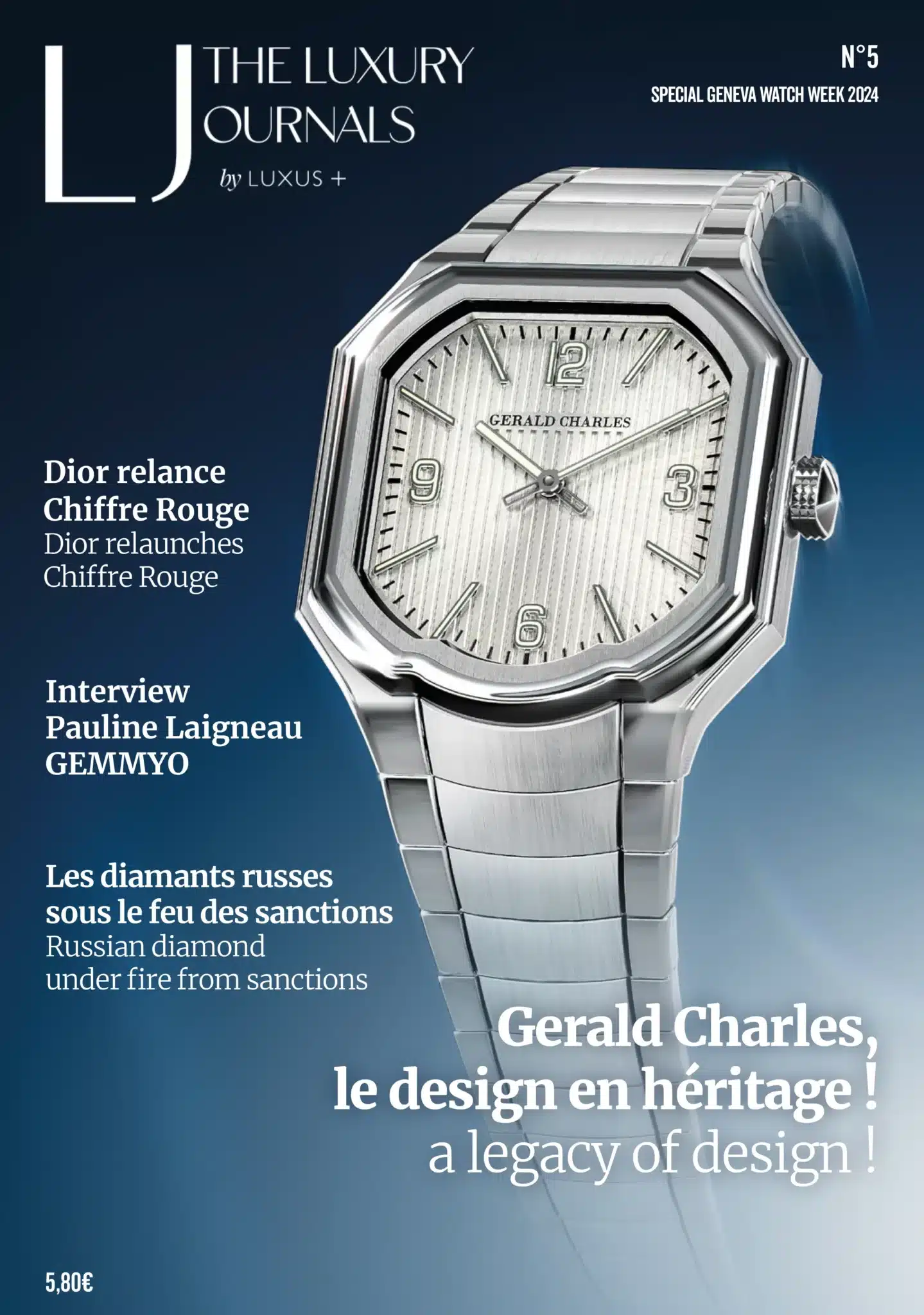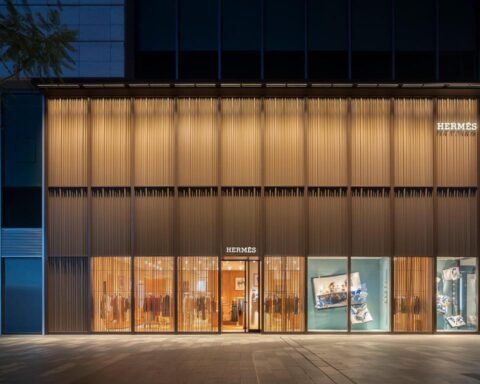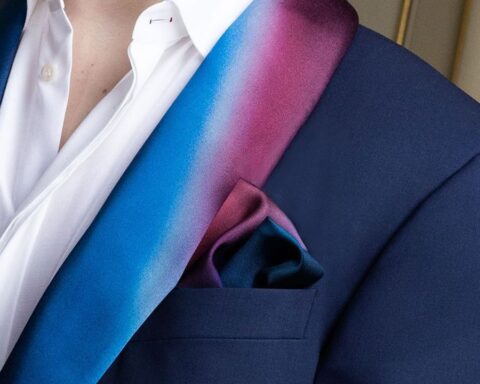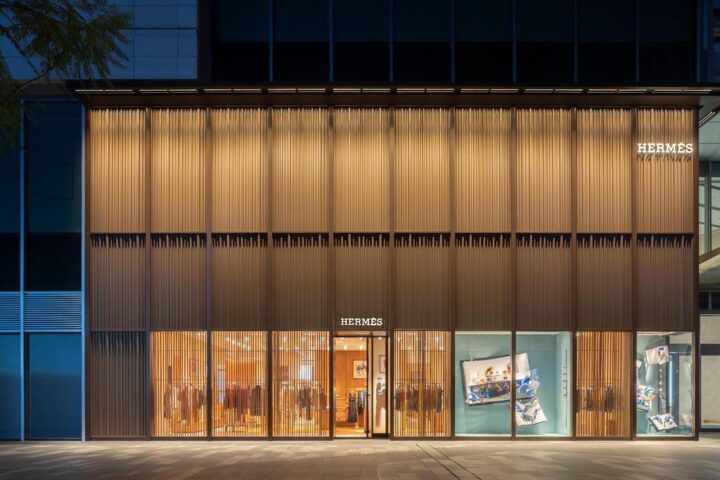[vc_row njt-role=”people-in-the-roles” njt-role-user-roles=”administrator,armember”][vc_column][vc_column_text]
The Made in France cosmetics industry has taken a hit in recent months, shaken by the Covid-19 crisis. During this period, the wearing of masks has led to a drop in the use of lipstick. According to a recent study by Slow Cosmetics, 44% of women say they no longer wear them.
Indeed, as in most sectors of activity, the coronavirus crisis has impacted the world of well-being and beauty at different levels.
Luxury brands, for which selective distribution and travel retail represent the main channels for stock sales, were particularly affected.
Second, production was affected by the lack of supply of raw materials.
During this period, the wearing of masks also led to a drop in the use of lipstick.
On the other hand, eye makeup and hygiene products were pushed to the forefront.
Online sales skyrocketed and 48% of the French went online, including 19% for the first time. Habits that will persist until the end of this crisis.
It is important to emphasize that the cosmetics sector before the crisis was in good health in France.
Cosmetics, 3rd largest exporting industry
Over the last 15 years, the company has seen its revenues double to reach 500 billion euros in 2019.
3 markets have been boosted: Europe in first place with a total weight of 79 billion euros, including 24 for France.
Then, in second place, the United States with 67 billion euros and finally China with 48 billion euros.
France is also the leader in exports with more than 13% of world market share according to a report published by the UN in 2019.
This makes the cosmetics industry the 3rd largest exporter of the country, after aeronautics and beverages.
In total, the sector has no less than 300 manufacturing companies, representing the trifle of 54,000 direct jobs and 25,000 indirect jobs.
Selective distribution, pharmaceutical consulting, mass distribution, hairdressing (both in salons and at home), and direct sales are the main distribution channels.
The explosion of “organic” and “Made In France” products
The rise of social networks has favoured the emergence of a communication centred around the “me”, with a more marked identification: new learning, successful brands created by female influencers, the search for identity thanks to tattoos, etc.
On the other hand, young independent brands are injecting their ideas into the cosmetics sphere and finding their audience, generating triple-digit growth and challenging the historical players.
For its part, the organic sector did not wait for the crisis to invade the sector.
Consumers are in favor of products based on natural ingredients that they consider to be good for them and for the environment, in other words “do good to feel good”.
A trend that sees the notions of well-being, health and self-protection becoming predominant in their purchasing behavior.
48% of Europeans say they prefer them more than three years ago.
In 2020, 43% think that encouraging the purchase of local products is a priority, compared with 39% in 2019, according to the latest figures from the Cetelem Observatory.
Cosmetic brands believe it is imperative to refocus their production on French territory, in order to favor the “made in France” that sells.
At the same time, labor costs have increased elsewhere, particularly in China.
The health crisis experienced in recent months has validated all the pre-existing trends in the cosmetics sector.
The refocusing of consumers on more essential products during confinement, the emphasis on naturalness, health and self care have participated in this generalized movement.
In addition, the job market is currently under stress, and factories are experiencing a shortage of technical skills that impacts all levels of production.
Read also > FRANCE WOULD BE THE THIRD MOST AFFECTED ECONOMY, ACCORDING TO THE IMF
Featured photo : Le Rouge Français[/vc_column_text][/vc_column][/vc_row][vc_row njt-role=”not-logged-in”][vc_column][vc_column_text]
The Made in France cosmetics industry has taken a hit in recent months, shaken by the Covid-19 crisis. During this period, the wearing of masks has led to a drop in the use of lipstick. According to a recent study by Slow Cosmetics, 44% of women say they no longer wear them.
Indeed, as in most sectors of activity, the coronavirus crisis has impacted the world of well-being and beauty at different levels.
Luxury brands, for which selective distribution and travel retail represent the main channels for stock sales, were particularly affected.
Second, production was affected by the lack of supply of raw materials.
[…][/vc_column_text][vc_cta h2=”This article is for subscribers only.” h2_font_container=”font_size:16″ h2_use_theme_fonts=”yes” h4=”Subscribe now!” h4_font_container=”font_size:32|line_height:bas” h4_use_theme_fonts=”yes” txt_align=”center” color=”black” add_button=”right” btn_title=”I SUBSCRIBE!” btn_color=”danger” btn_size=”lg” btn_align=”center” use_custom_fonts_h2=”true” use_custom_fonts_h4=”true” btn_button_block=”true” btn_custom_onclick=”true” btn_link=”url:https%3A%2F%2Fluxus-plus.com%2Fen%2Fabonnements-et-newsletter-2%2F|||”]Unlimited access to all the articles and live a new reading experience, preview contents, exclusive newsletters…
Already have an account? Log in.
[/vc_cta][vc_column_text]Featured photo : © Le Rouge Français[/vc_column_text][/vc_column][/vc_row][vc_row njt-role=”people-in-the-roles” njt-role-user-roles=”customer”][vc_column][vc_column_text]
The Made in France cosmetics industry has taken a hit in recent months, shaken by the Covid-19 crisis. During this period, the wearing of masks has led to a drop in the use of lipstick. According to a recent study by Slow Cosmetics, 44% of women say they no longer wear them.
Indeed, as in most sectors of activity, the coronavirus crisis has impacted the world of well-being and beauty at different levels.
Luxury brands, for which selective distribution and travel retail represent the main channels for stock sales, were particularly affected.
Second, production was affected by the lack of supply of raw materials.
[…][/vc_column_text][vc_cta h2=”This article is for subscribers only.” h2_font_container=”font_size:16″ h2_use_theme_fonts=”yes” h4=”Subscribe now!” h4_font_container=”font_size:32|line_height:bas” h4_use_theme_fonts=”yes” txt_align=”center” color=”black” add_button=”right” btn_title=”I SUBSCRIBE!” btn_color=”danger” btn_size=”lg” btn_align=”center” use_custom_fonts_h2=”true” use_custom_fonts_h4=”true” btn_button_block=”true” btn_custom_onclick=”true” btn_link=”url:https%3A%2F%2Fluxus-plus.com%2Fen%2Fabonnements-et-newsletter-2%2F|||”]Unlimited access to all the articles and live a new reading experience, preview contents, exclusive newsletters…
Already have an account? Log in.
[/vc_cta][vc_column_text]Featured photo : © Le Rouge Français[/vc_column_text][/vc_column][/vc_row]





























